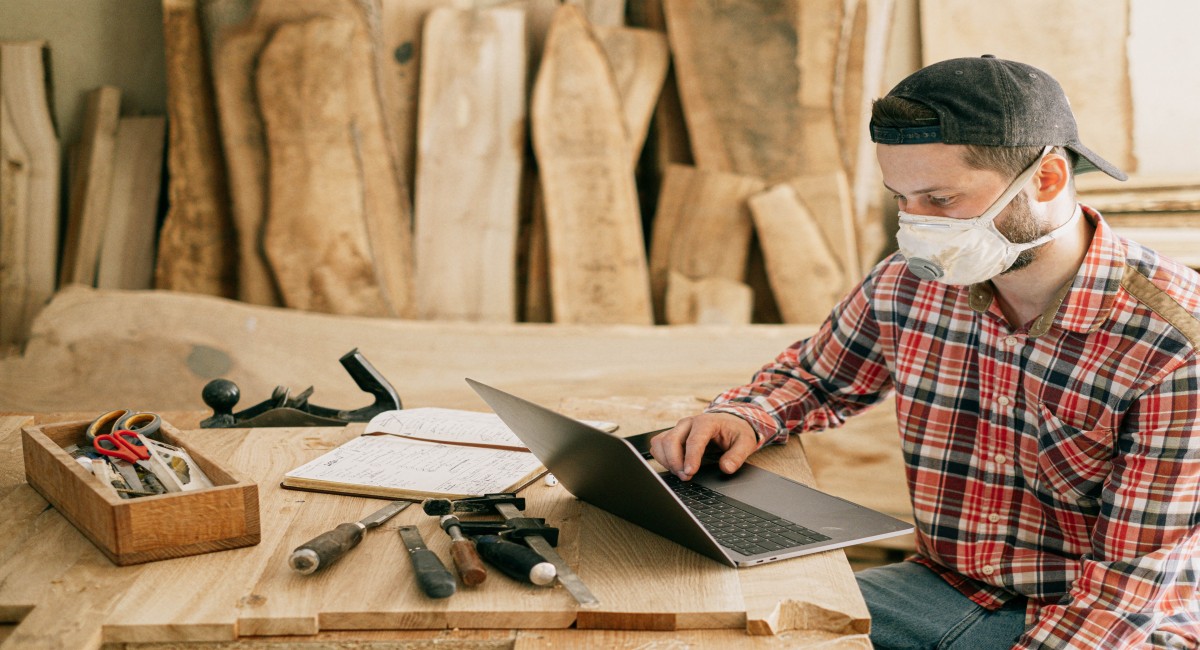
A power press machine is a heavy-duty machine that is used to shape, cut, or form metal or other materials by applying pressure. It is commonly used in the manufacturing industry for a variety of applications, such as stamping, punching, bending, and deep drawing. Power press machines come in various types and sizes, each designed to perform a specific task. These machines use a hydraulic or mechanical system to apply force to the part, creating the desired shape or form.
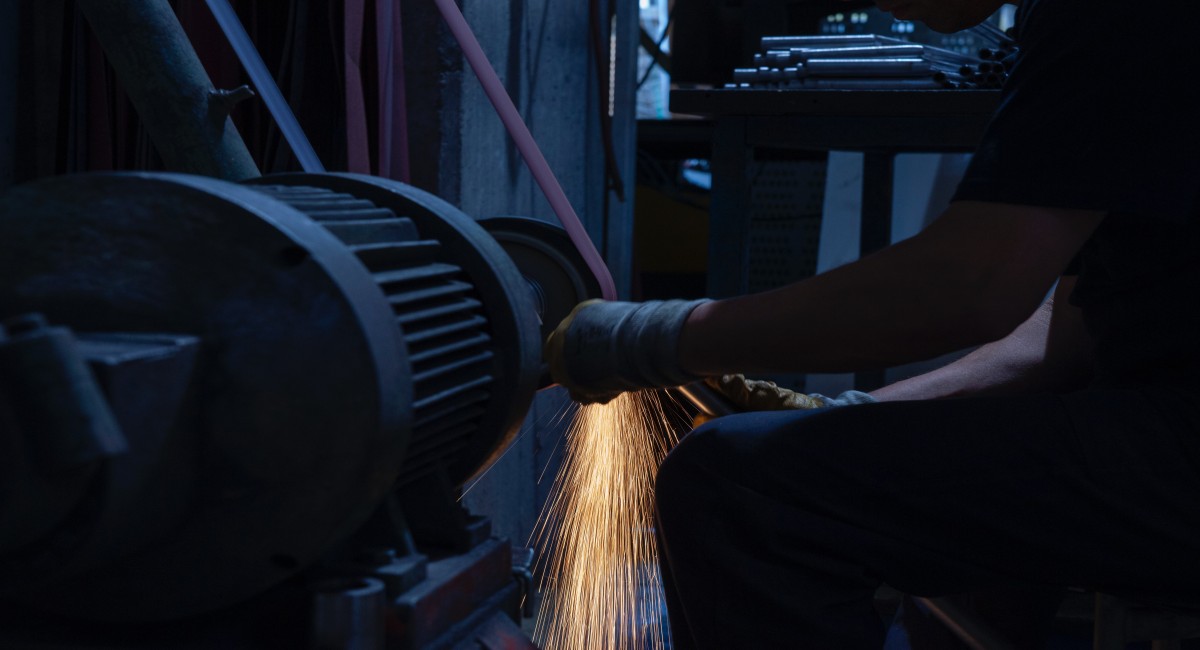
The power press machine is an essential tool in the metalworking industry. It is used to produce a wide range of products, from simple brackets and clips to complex automobile parts and machinery components. The machine consists of a stationary bed, a ram, and a die. The work piece is placed on the bed, and the ram, which is controlled by a motor, moves down to apply pressure on the work piece. The die is placed on top of the work piece, and the pressure causes the metal to deform and take the shape of the die.
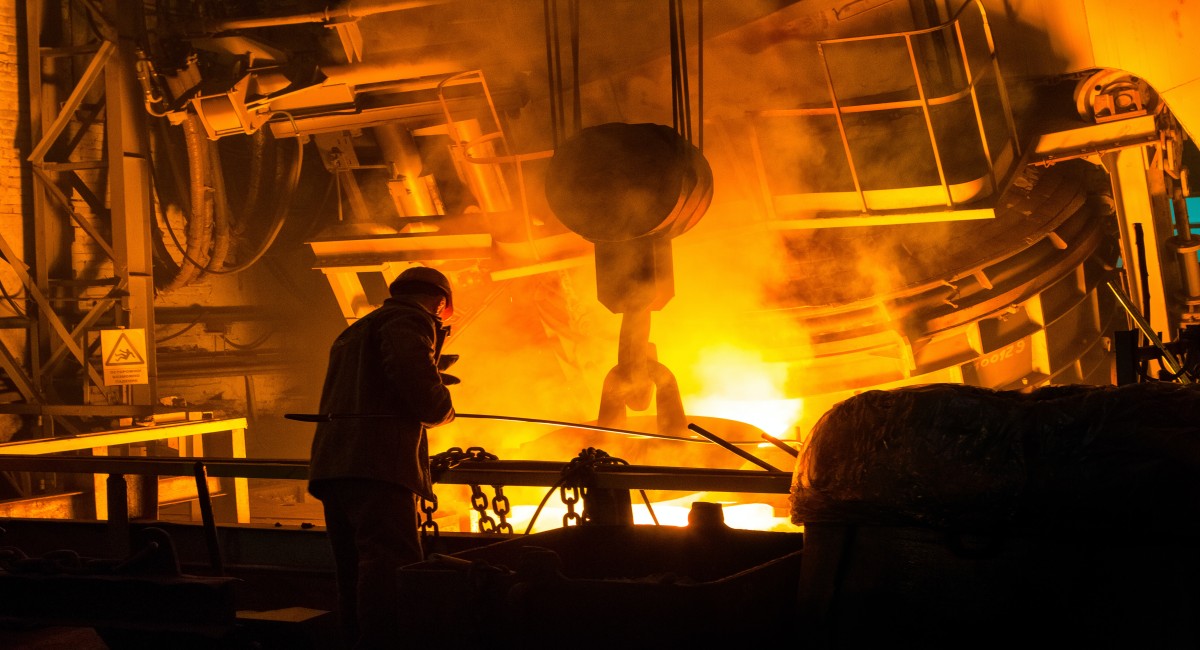
There are two main types of power press machines: hydraulic and mechanical. Hydraulic power press machines use hydraulic pressure to apply force to the work piece, while mechanical power press machines use mechanical force. Hydraulic power press machines are often preferred for their greater precision, but mechanical power press machines are preferred for their higher production rates.
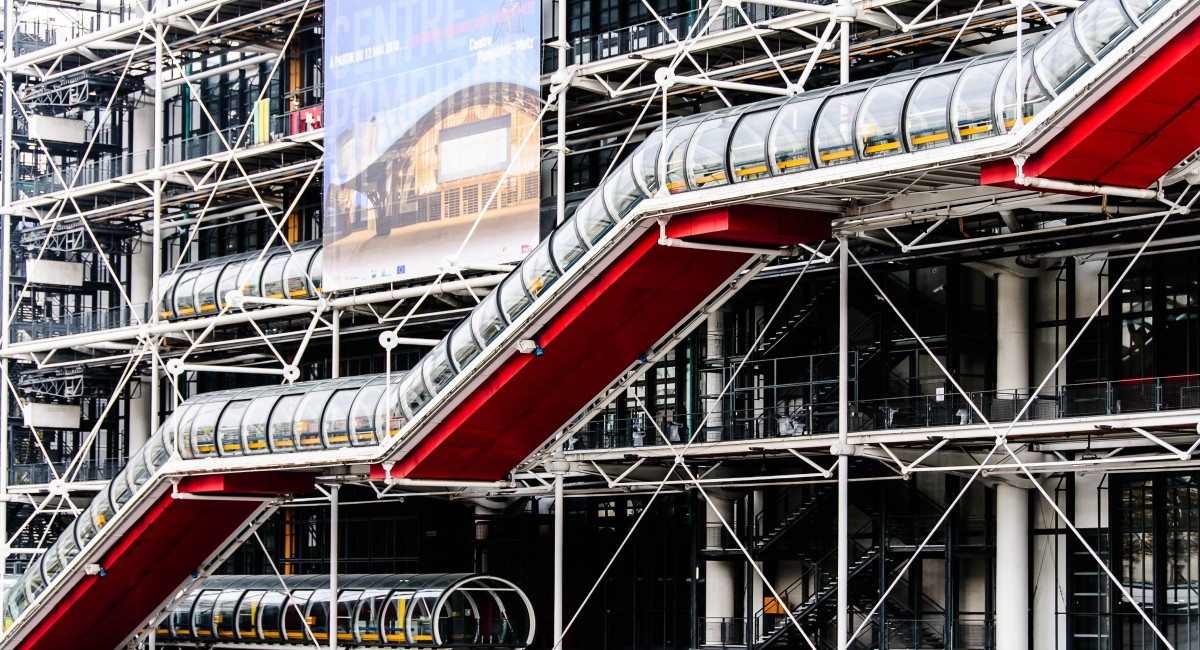
Hydraulic power press machines are designed to produce high-quality products with excellent precision. They use hydraulic pressure to apply force to the part, allowing for greater control and accuracy. The hydraulic system is made up of a pump, a motor, and a cylinder. The pump supplies hydraulic fluid to the cylinder, which in turn applies force to the ram. The hydraulic system is controlled by a series of valves that regulate the flow of hydraulic fluid to the cylinder, allowing for precise control over the amount of pressure applied to the work piece.

Mechanical power press machines, on the other hand, use a mechanical system to apply force to the portion. They are typically used for high-volume production, where speed and efficiency are critical. Mechanical power press machines are driven by a motor that operates a flywheel. The flywheel stores energy, which is then released to the ram to apply force to the workpiece. The mechanical system is controlled by a series of gears and cams that regulate the movement of the ram.
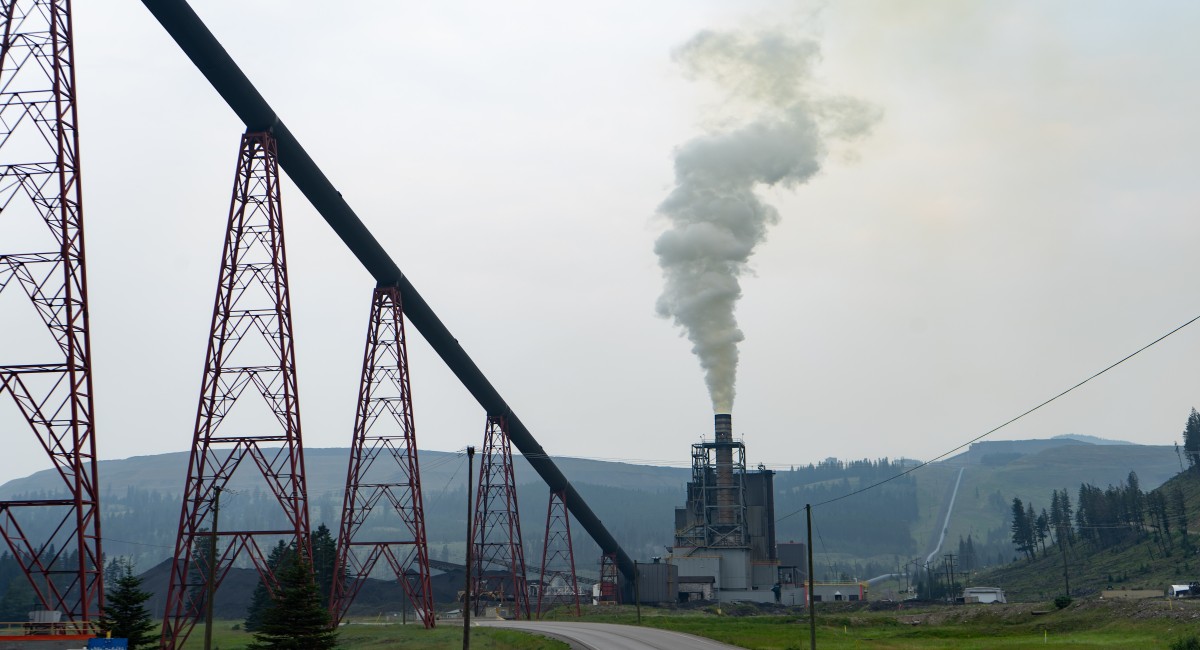
Power press machines come in various sizes and capacities from highest models to large industrial machines. These models are typically used for hobbyists and small-scale production, while larger machines are used in industrial settings. The capacity of a power press machine is determined by the maximum amount of force it can apply to the quantity, measured in tons.
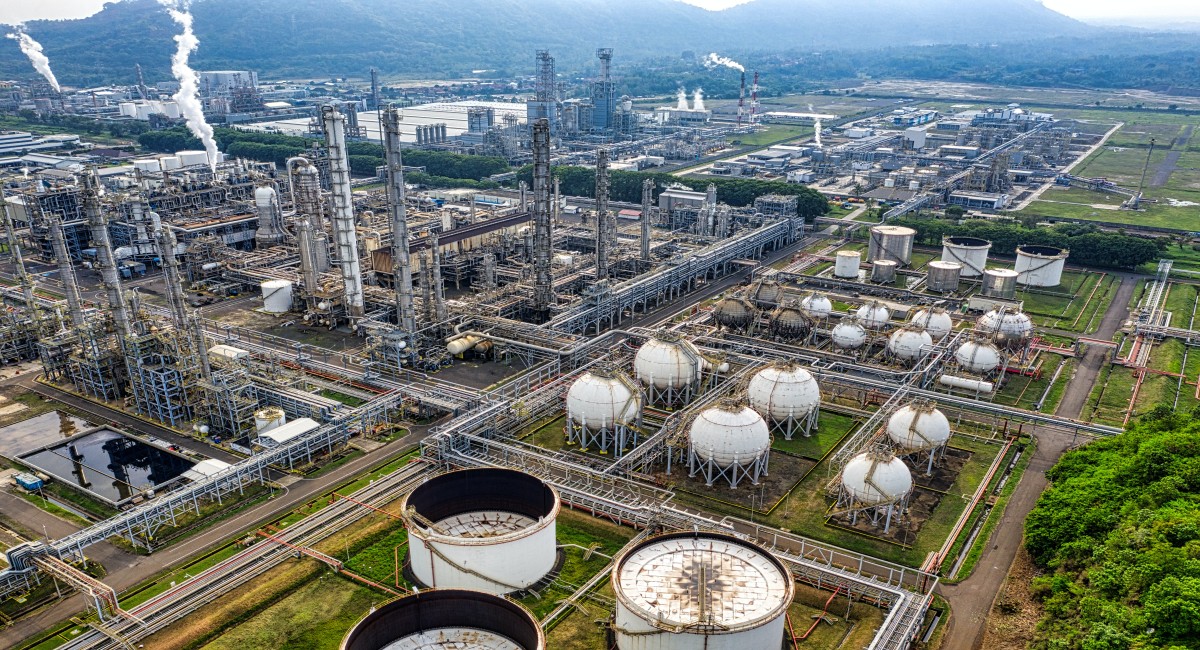
There are several factors to consider when selecting a power press machine for a specific application. These include the type of material being used, the required precision and accuracy, the production volume, and the available space. It is essential to choose a machine that is suitable for the specific application to ensure high-quality products and efficient production.
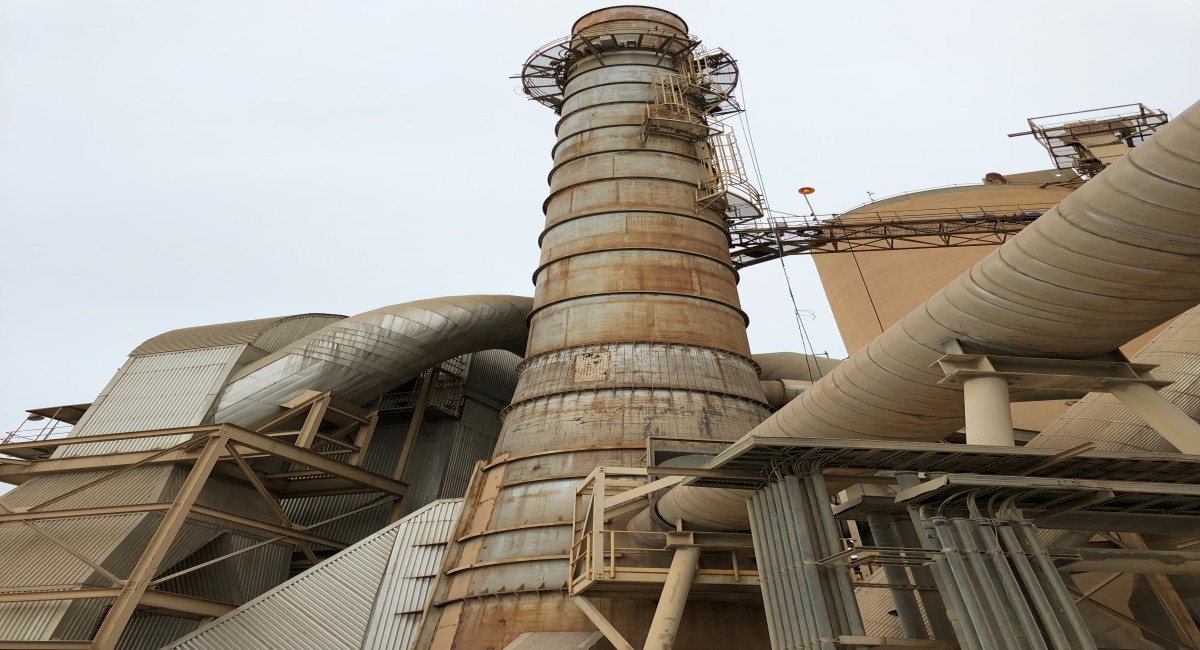
In addition to the standard power press machines, there are also specialized machines designed for specific applications. For example, a deep-drawing power press machine is used for creating deep-drawn parts such as cans and containers. A fine-blanking power press machine is used for producing high-precision metal parts with smooth edges and flat surfaces.
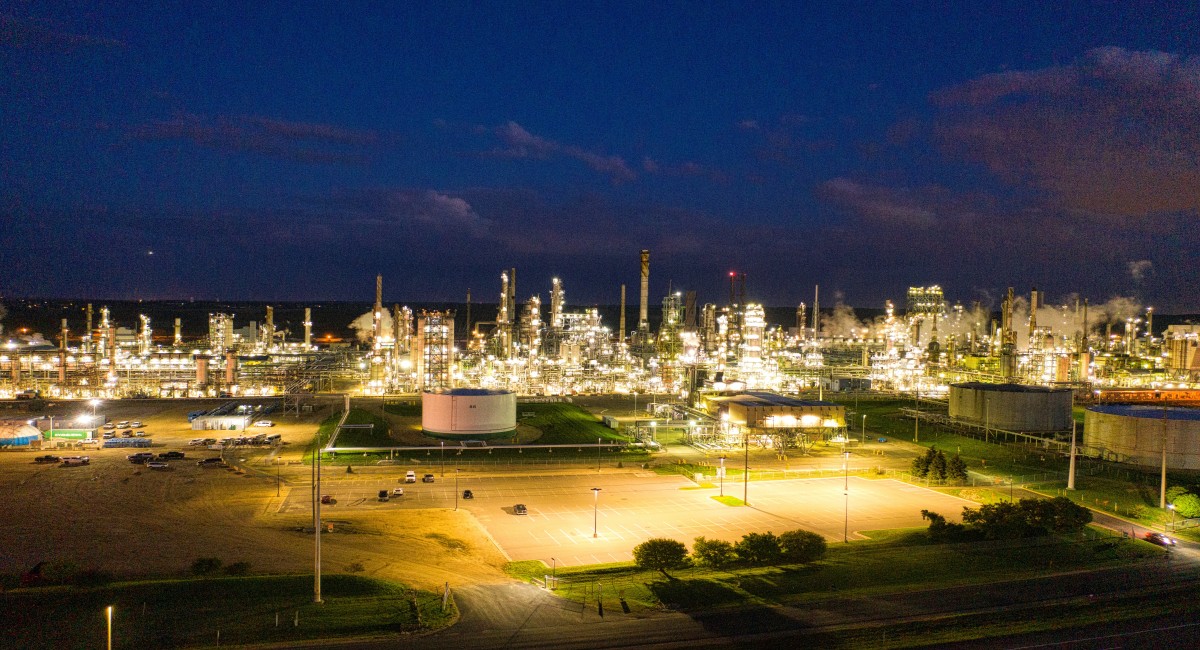
Safety is a crucial consideration when using a power press machine. These machines can be dangerous if not used correctly, and operators must follow proper safety procedures to avoid accidents. Safety features such as guards and emergency stops are standard on most power press machines, but it is up to the operator to use them correctly. Training and certification are recommended for anyone who will be operating a power press machine. In conclusion, a power press machine is an essential tool in the manufacturing industry.